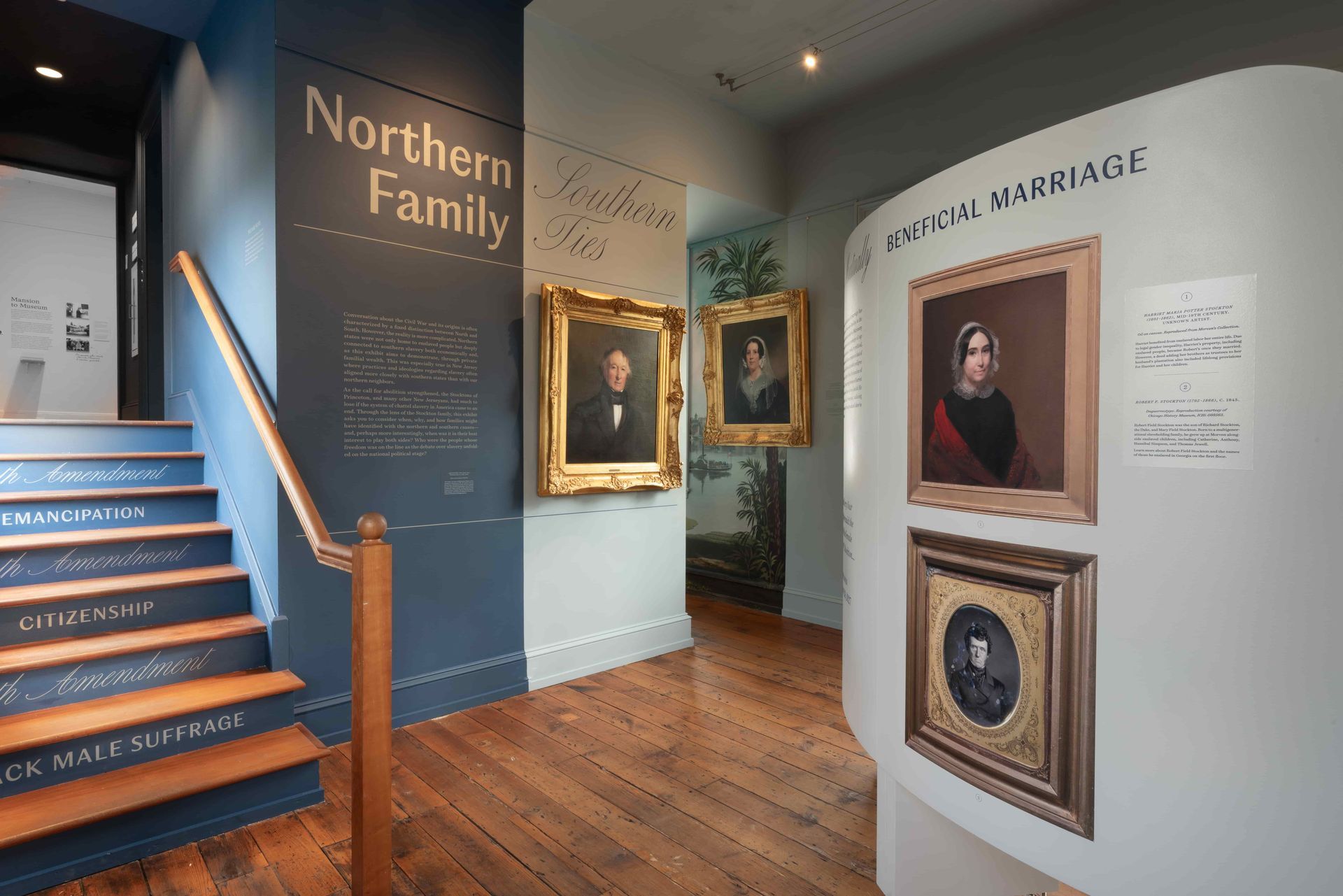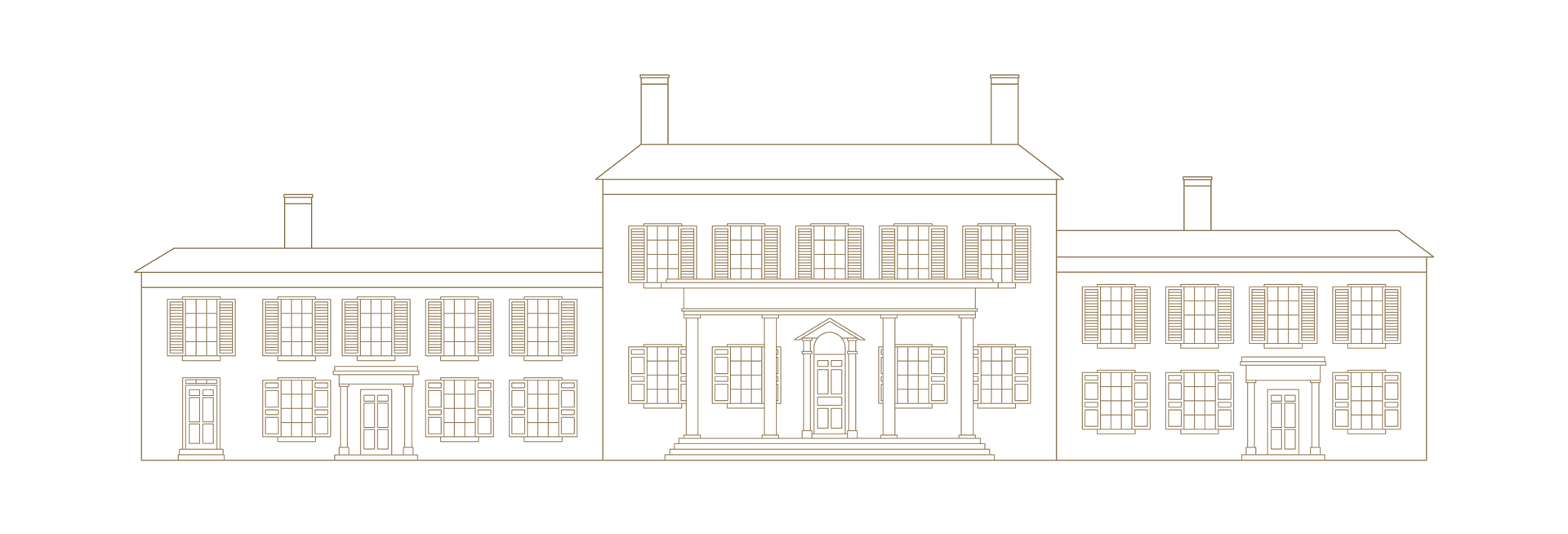Northern Family, Southern Ties
On view through 2028
Curators are researching the complex connections between northern and southern families, and the interstate movement of enslaved people unveiling a story stretching from the late eighteenth century through the Civil War. The exhibit demonstrates how regional differences were not always as cleanly drawn as they may have been portrayed.
This exhibition will open soon; tickets are available in advance online. Click below to make an early reservation.
Colerain Plantation, Georgia, 1845-47. Unknown artist. Oil on canvas. The Miller Collection.
Curators are researching the complex connections between northern and southern families, and the interstate movement of enslaved people unveiling a story stretching from the late eighteenth century through the Civil War. The exhibit demonstrates how regional differences were not always as cleanly drawn as they may have been portrayed.
Irish-born John Potter was a wealthy merchant in Charleston, South Carolina, responsible for importing both sundry goods as well as human cargo. His marriage to Catherine Fuller of that city proved a successful step to consolidating generational wealth. Their only daughter married Robert Field Stockton of Princeton, a seafaring Naval Lieutenant Commandant. How did their 1823 marriage impact the social, economic, political and physical landscape of New Jersey?
Through their Colerain, Argyle, and Tweedside plantations along the Savannah River, and a sugarcane plantation in Glynn County, the Potters and Stocktons enslaved hundreds of men, women, and children. Interstate movement of enslaved people between these southern plantations and northern homes occurred regularly. How might these people experienced different models of American slavery?
Learn how these two families straddled the growing divide of antebellum United States and the choices they made when the union was ultimately torn apart.
In an 1804 newspaper advertisement, Trenton clock and watchmaker William J. Leslie touted that he was “Not from Paris, London or Boston – But a Native of New-Jersey.” At the time, the state was home to dozens of craftsmen specializing in tall case clocks. Morven’s newest exhibition will examine the work of New Jersey clockmakers as they collaborated with cabinetmakers, ran shops, and formed professional partnerships to create beautiful timekeeping pieces.
Spanning the colonial and post-revolutionary period, clockmakers ran their shops with the assistance of apprentices and often enslaved labor. Some carried on the clockmaking tradition through several generations, often working multiple trades, including silversmithing.
This exhibition will feature over 50 tall case clocks, representing almost as many different clockmakers, from both private and public collections. These freestanding pendulum clocks are as functional as they are beautiful with faces made of intricate brass work or painted designs of objects like ships, suns, and moons. Internally, their complicated workings are mechanical masterpieces. Some even chime with contemporaneous melodies.
Striking Beauty will be the first large-scale exhibition of its kind, exploring the experiences of the artisans and apprentices, free and enslaved, who contributed to this unique craft. Explore the five-gallery exhibition to see clocks from cities and towns such as Elizabeth, Newark, Burlington, Flemington, and Salem, and more.
Lenders to the exhibition will include: Boxwood Hall, Brown University, Buccleuch Mansion Museum, Burlington County Historical Society, Gloucester County Historical Society, Hunterdon County Historical Society, Monmouth County Historical Association, Trenton Museum Society, as well as loans from numerous private collections.
This exhibition is made possible by Lisa and Michael Ullmann.
Additional support from Liza and Schuyler Morehouse, Colleen Goggins, Helen R. Buck Foundation, and The George H. and Estelle M. Sands Foundation.



